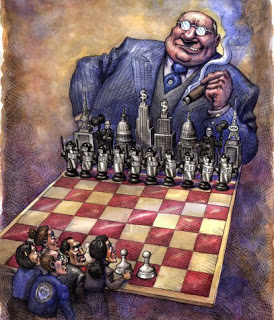Tectonic plates are shifting as emerging markets become major drivers of the developed world.
Bob Lenzner
Forbes
The best minds in finance–George Soros, Mohammed El-Erian, Larry Summers, Joseph Stiglitz and Robert Rubin–were not exactly raving bulls at the Financial Times conference on “The Future of Finance” this week. They were not the force driving the Dow Jones industrial average through 11,000 Friday, rather they were arguing convincingly of the constraints evident in the global economy that are bound to make investing anywhere more difficult and different than ever before.
Martin Wolf and Gillian Tett, FT editors, did a superb job of drawing out the puzzling tensions acutely active in the global economy. Food for thought: Wolf pointed out that China (20%) and India (8%) were both still only small fractions of the GDP of the U.S. In other words, the emerging economies are fast growing midgets versus the slow growing giant. “The potential is unimaginable and vast,” said Wolf, “We have never had a low per capita income country with such responsibility and power.”
One conclusion was crystal clear: Expect realignments in financial power both globally and nationally. The financial services industry worldwide will never be the same. Asian and Latin American banks survived the storm better than U.S. and European banks. Therefore, the global pecking order among financial institutions is shifting.


Be the first to comment on "The New World Order of Global Markets"